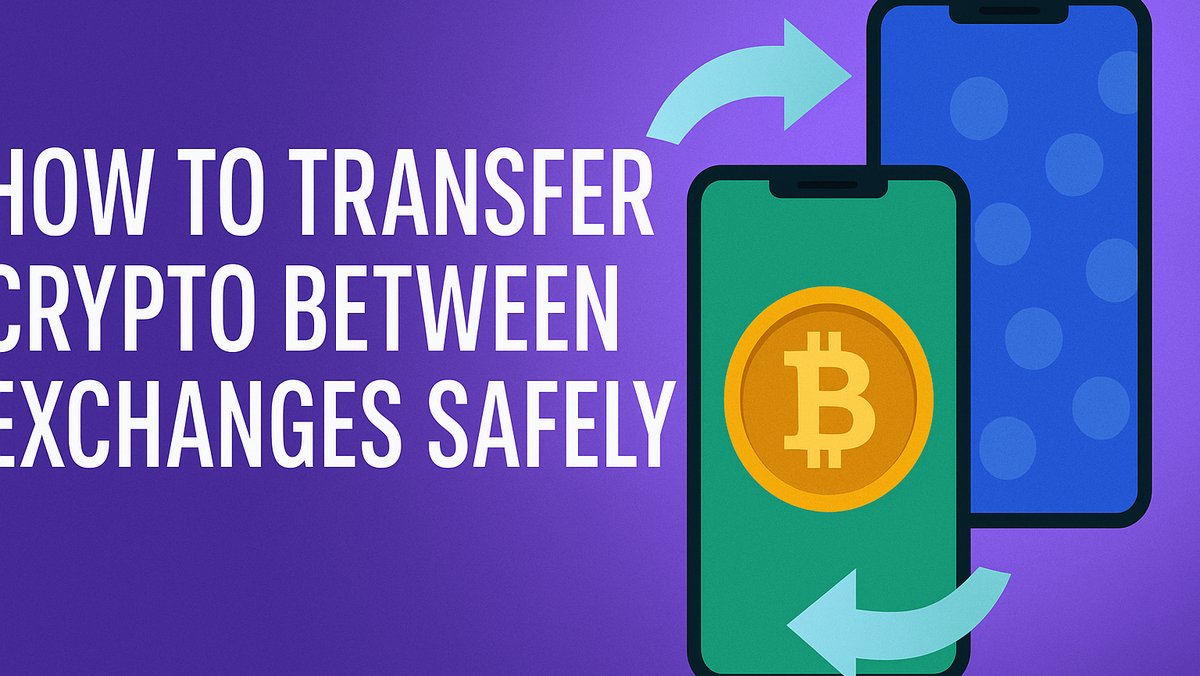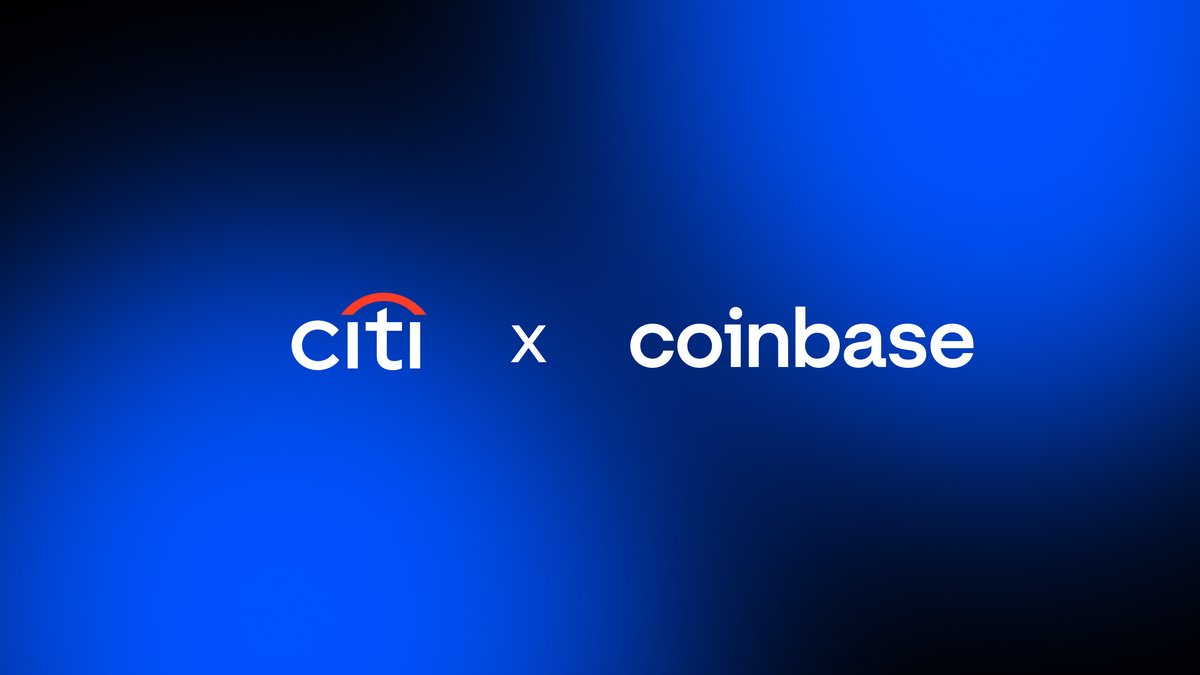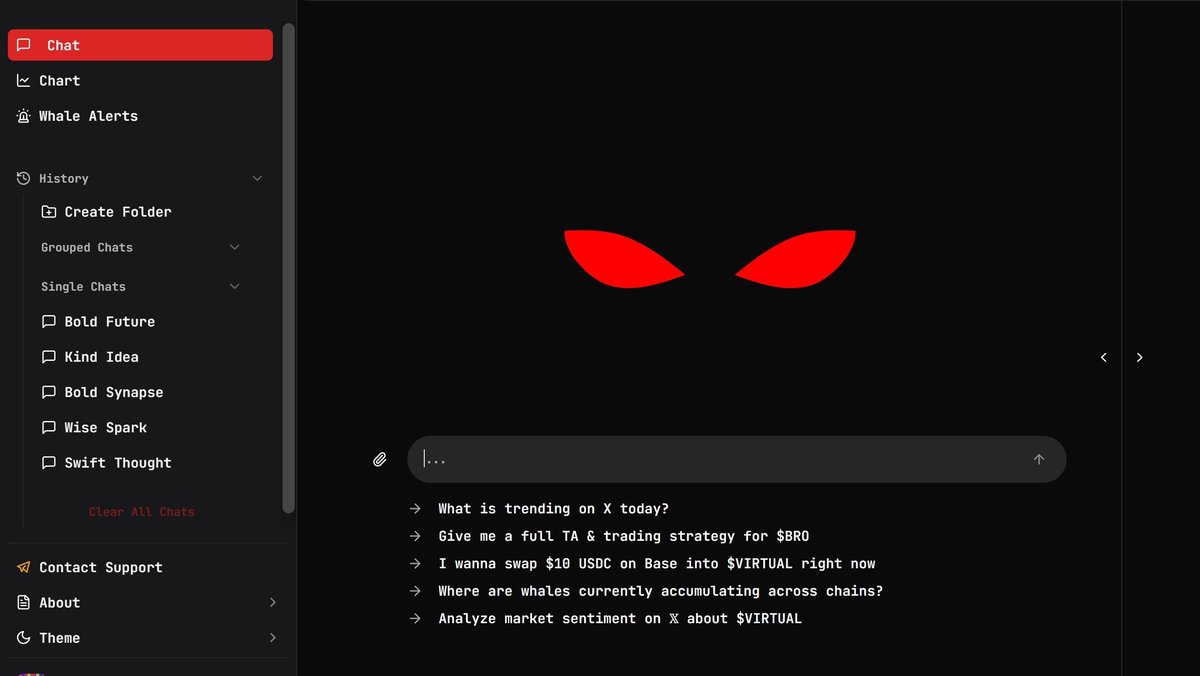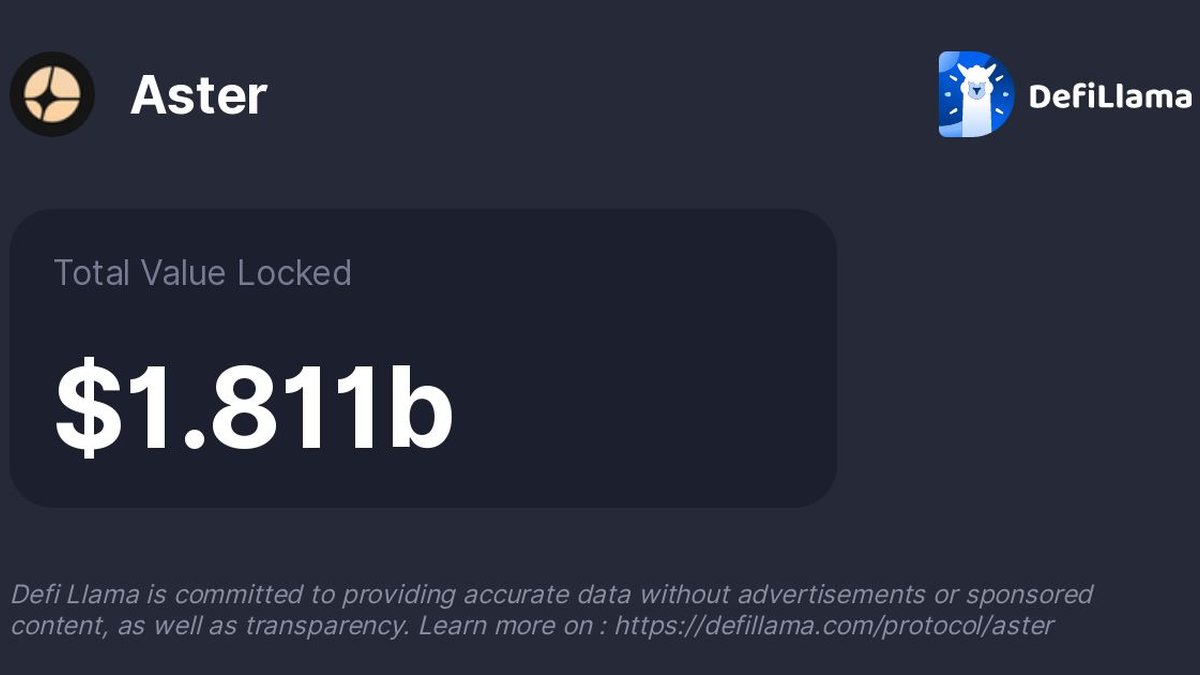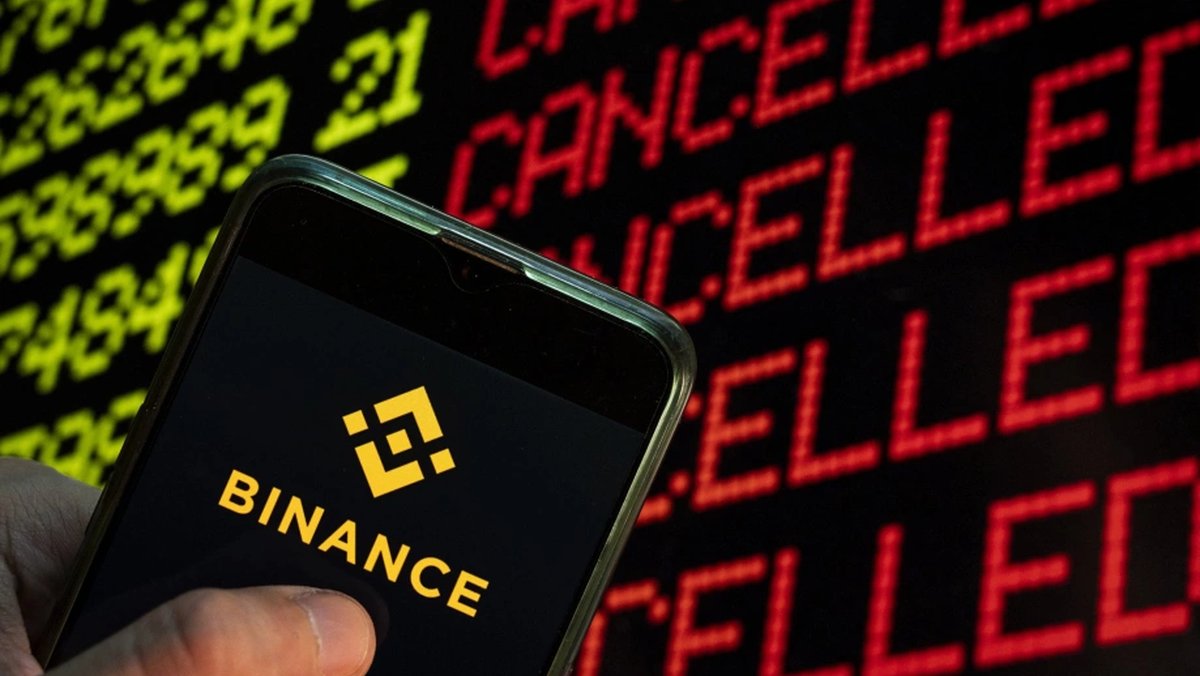How to Transfer Crypto Between Exchanges Safely
For many investors, transferring cryptocurrencies between exchanges is part of an everyday trading strategy. Whether moving assets to capture arbitrage opportunities, gain access to new tokens, or reduce fees, secure transfer practices are essential. Mistakes can result in lost funds, while vulnerabilities can expose traders to theft. In this article, we provide a complete guide to transferring crypto safely between exchanges, exploring risks, best practices, and tools that can protect your assets.
Why Transfers Between Exchanges Are Necessary
- Arbitrage: Taking advantage of price differences between exchanges.
- Access to Tokens: Some coins are listed on one exchange but not another.
- Liquidity and Fees: Traders may move assets to platforms offering lower trading costs or better liquidity.
- Regional Restrictions: Regulatory frameworks sometimes limit available tokens in certain regions.
Step-by-Step Guide to Safe Transfers
1. Verify the Exchange Address
Always copy wallet addresses directly from the receiving exchange. Double-check the first and last characters to avoid clipboard hijacking malware.
2. Check the Network Type
Sending crypto on the wrong blockchain (e.g., USDT on ERC-20 vs TRC-20) can lead to irreversible loss. Always match the sending and receiving network.
3. Test with a Small Transaction
Before sending a large transfer, send a small amount to confirm the address and network are correct. This step is especially important when moving large sums.
4. Use Two-Factor Authentication (2FA)
Enable 2FA on both sending and receiving exchanges. SMS-based 2FA is better than none, but app-based authentication (Google Authenticator, Authy) is much safer.
5. Monitor Transaction Status
Track your transfer on the blockchain explorer to ensure it is being confirmed. Avoid re-sending until you are certain of the transaction outcome.
Risks of Transferring Crypto
- Incorrect Addresses: One wrong character can lead to permanent loss.
- Phishing Websites: Fake exchange sites can trick users into sending funds to hackers.
- High Network Fees: Congested blockchains (like Ethereum during peak times) can delay or cancel transactions.
- Exchange Hacks: Moving assets between unsecured exchanges increases exposure to custodial risk.
Advanced Safety Practices
- Whitelist withdrawal addresses to prevent unauthorized transfers.
- Use hardware wallets for intermediate custody when moving large sums.
- Verify URLs of exchanges—look for HTTPS and official domains.
- Avoid making transfers during network congestion to reduce fees and delays.
Comparison with Other Options
Centralized exchanges are convenient but expose users to custodial risk. Decentralized exchanges (DEXs) allow wallet-to-wallet transfers without intermediaries but may involve higher fees and lower liquidity. Bridges and cross-chain swaps offer additional flexibility but are often targeted by hackers, making security audits essential before use.
Investment Outlook
As of 2025, exchange interoperability tools and blockchain bridges are improving, but risks remain. Institutional adoption of insured custodians is setting a higher standard for retail investors. Safe transfer practices will remain critical as traders diversify across platforms and networks.
Frequently Asked Questions
What happens if I send crypto to the wrong address? Unfortunately, blockchain transactions are irreversible. Unless the address is controlled by someone willing to return the funds, they are lost permanently.
Is it safer to move funds via stablecoins? Yes, stablecoins like USDT or USDC are widely supported and provide less volatility risk during transfers.
Can I recover funds from a failed transfer? Some exchanges may help if funds are sent with incorrect tags (e.g., XRP, XLM). Always contact support immediately.

